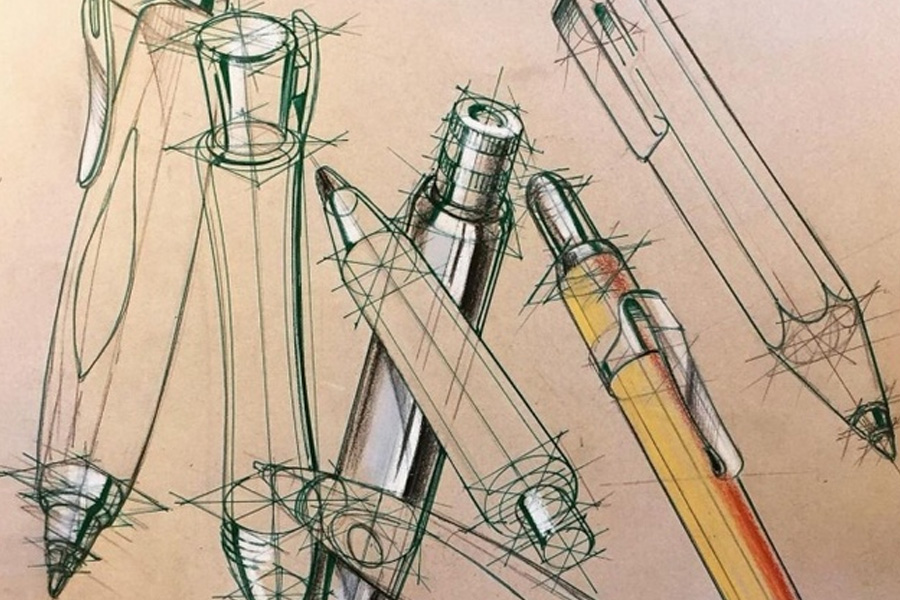On an extruder without an independent perforation system, a tongue-shaped die (also called a bridge die) is used to plastically deform the solid billet to form various hollow material extrusion processes. The principle of tongue die extrusion is: under the pressure of the extruder, the metal is split into two or more strands of metal through the die bridge and flows into the welding chamber (mold cavity), in the high temperature, high pressure, and full vacuum cavity. It is welded again, flows out through the gap between the mold core (tongue) and the mold wall, and is further welded to form a pipe or hollow profile that meets a certain size requirement, as shown in the figure. The characteristics of tongue die extrusion are: the required extrusion force is small, the metal flow of each part is uniform, the higher extrusion speed can be used, and the welding quality is good; but the mold manufacturing and processing are difficult, the cost is high, and the geometric waste is large. Low rate, difficult to separate residual material, not suitable for extrusion of multiple products. Tongue die extrusion method is suitable for extruding hollow profiles with an inner hole diameter of 5-10mm, hollow profiles with complex cross-sections, and tubes with extremely thin walls. It is widely used in the production of hard alloy hollow profiles.
Link to this article:Tongue die extrusion
Reprint Statement: If there are no special instructions, all articles on this site are original. Please indicate the source for reprinting:Alloy Wiki,thanks!^^

